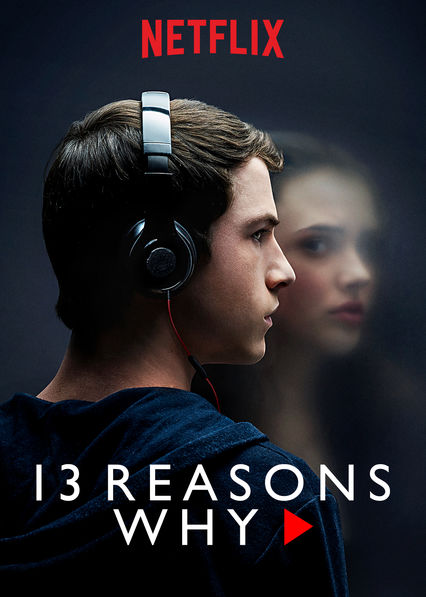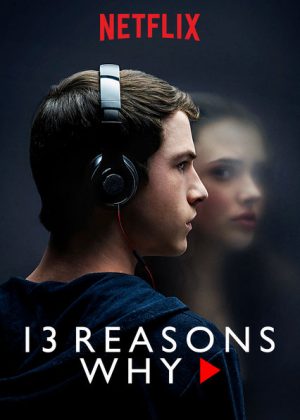Con

June 12, 2017
It is no surprise that a show as graphic as 13 Reasons Why has sparked endless conversation. The suicide story of the main character, Hannah Baker, has become a topic at every high school lunch table. Like most topics talked about in high school gossip, it always ends up hurting someone. With a subject this serious, 13 Reasons Why can even be dangerous.
While some may argue that this finally brings awareness to a subject usually swept under the rug, the reality is that there is a difference between spreading awareness and exacerbating an issue. Journalist Debra Ruder, in her 2008 article in Harvard Magazine, states that “young brains have both fast-growing synapses and sections that remain unconnected. This leaves teens easily influenced by their environment and more prone to impulsive behavior.” It is because of the underdeveloped nature of the teen brain that a topic as sensitive as suicide has the potential to trigger more teen suicides. This classic example of the Domino Effect is why a show like this is dangerous. This is not to say that the pure cause of a suicide is a Netflix show, and as we know from watching the show, the cause is bullying.
Right?
The common takeaway from the show is to be kinder to others because you never know what someone is going through; the show even goes out of its way to prove this, with the main conflict Hannah faces being bullying. This comes as almost a slap in the face to those who have faced suicidal thoughts, since to many bullying can be a minor piece of a major mental illness that challenges those who are suicidal. Mental illnesses that cause someone to take their own life, such as depression, PTSD, and schizophrenia, and many others, are not even touched on in the series. I believe that if a show is about a suicide, it should portray both the physical events and emotional damage leading up to it. Anyone who has struggled with suicidal thoughts will tell you that the show is a very inaccurate and apathetic illustration of self destruction.
Likewise, the self harm in the show is depicted in an incredibly inconsiderate light. The character Skye that suffers from cutting, a form of self harm, argues that “[Cutting] is what you do instead of killing yourself.” After this comment, nothing more is said about the topic of cutting. To add, they make Skye the most outcasted, “punk” character on the show, heavily enforcing that anyone who self harms is “emo.” This stereotype is already one that many people who self-harm face, as many who cut are not the “emo” people displayed in 13 Reasons Why. In reality, cutting is not simply what people do instead of killing themselves. Most times, those who self-harm have far more complex reasons for doing so, such as taking all the emotional pain and making it physical, or the sheer addictive nature of cutting. The one sided, inaccurate view of this practice is harmful in the sense that more bullying towards those who self harm is likely to emerge.
Overall, the series is painfully incorrect and only touches the surface of deep issues such as self harm and mental illness.

